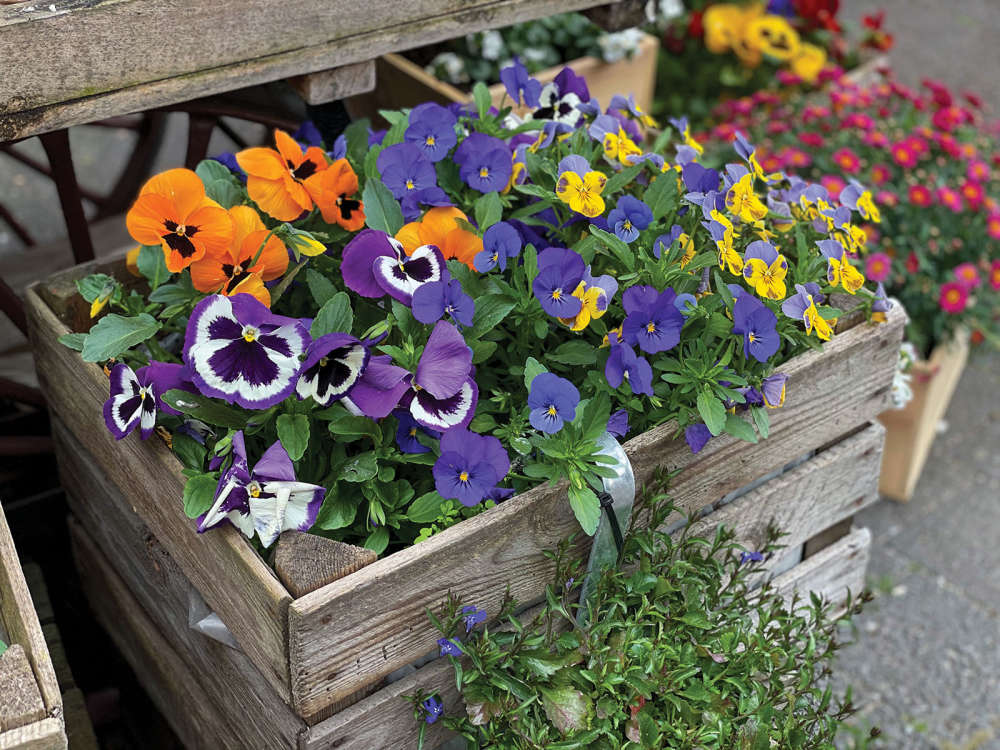
How are your patio pots? Show-stopping, or lacklustre? Time to try some different planting combinations, suggests Flo Whitaker
Patio pots often lack visual appeal because they are invariably planted with endless dome-shaped plants of similar height. Annual bedding plants are invaluable for injecting instant colour, but a garden that’s over-reliant on them will always lack long-term interest. By combining perennial plants with annuals, you’ll get a longer, visually arresting display – and have plants to keep for next year.
Many hardy border geraniums thrive in containers. The hard-working, sun- loving ‘Ann Folkard’ produces sultry magenta blooms continuously from
June to early October. She has a roaming habit, making her well-suited to a big pot or half-barrel where she’ll decoratively trail over the edges. Add some cosmos, (the variety ‘Sonata’ produces short-ish plants approximately 50cms high – ideal for a pot) and maybe some annual nicotiana and perennial salvias to fill any gaps. For a hot-colour mix, introduce Ann Folkard to an orange-flowered dahlia. Orange and pink may sound like a ghastly combination(!) but the colours zing like vivid sari colours and are particularly effective in autumnal light.
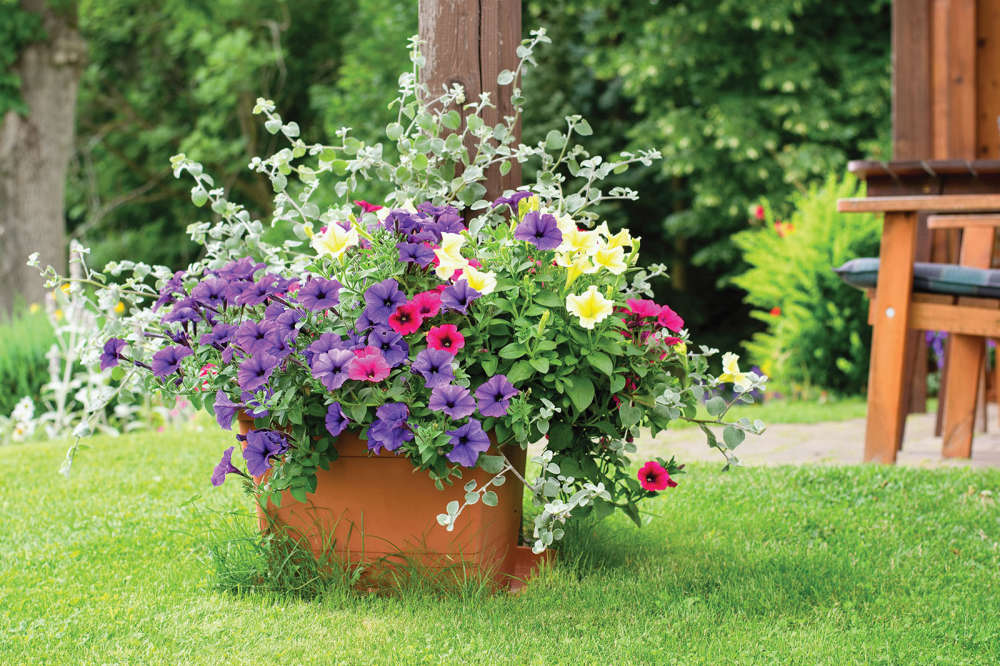
Annual grasses give months of interest, thrive on neglect and are vigorous enough to compete with taller plants, (annual forms won’t produce invasive roots – but you may find self- sown seedlings next year.) Panicum ‘Sparkling Fountain’ makes dainty seedheads that shimmer in the slightest breeze. The fluffy foxtails of Setaria viridis ‘Caramel’ become golden brown with age – useful for late-season flower arrangements.
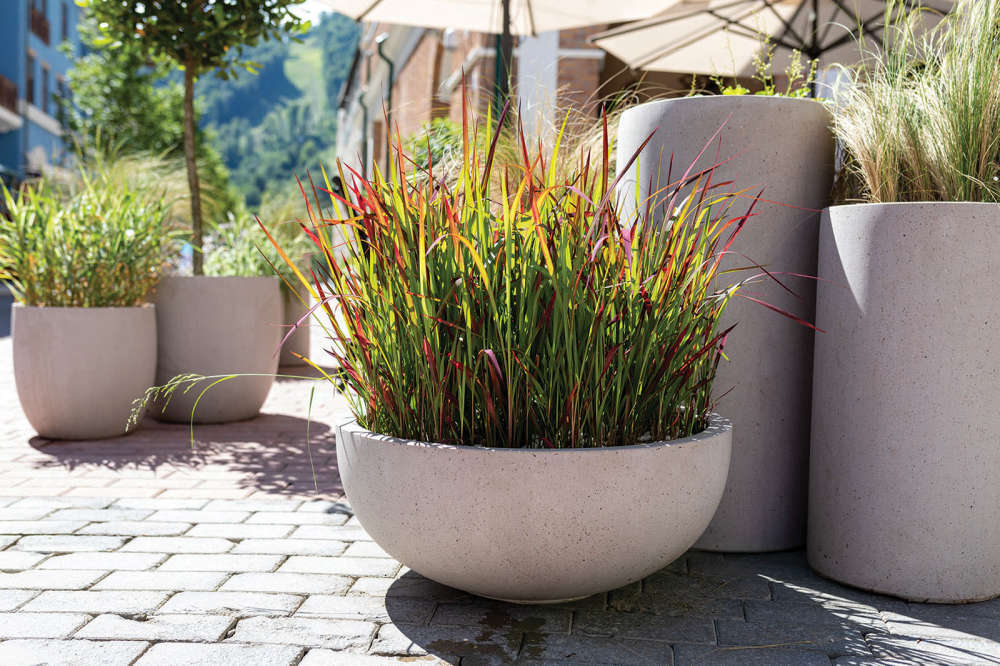
Busy Lizzies, (impatiens) and pansies are unbeatable annuals for a shady spot. Team them with hostas, anemones and astilbes to give a long season of interest. Hypnotically-scented, Lilium regale will happily live in a pot forever and does surprisingly well in light shade, as do many fuchsias – the cooler conditions also extend flower life.
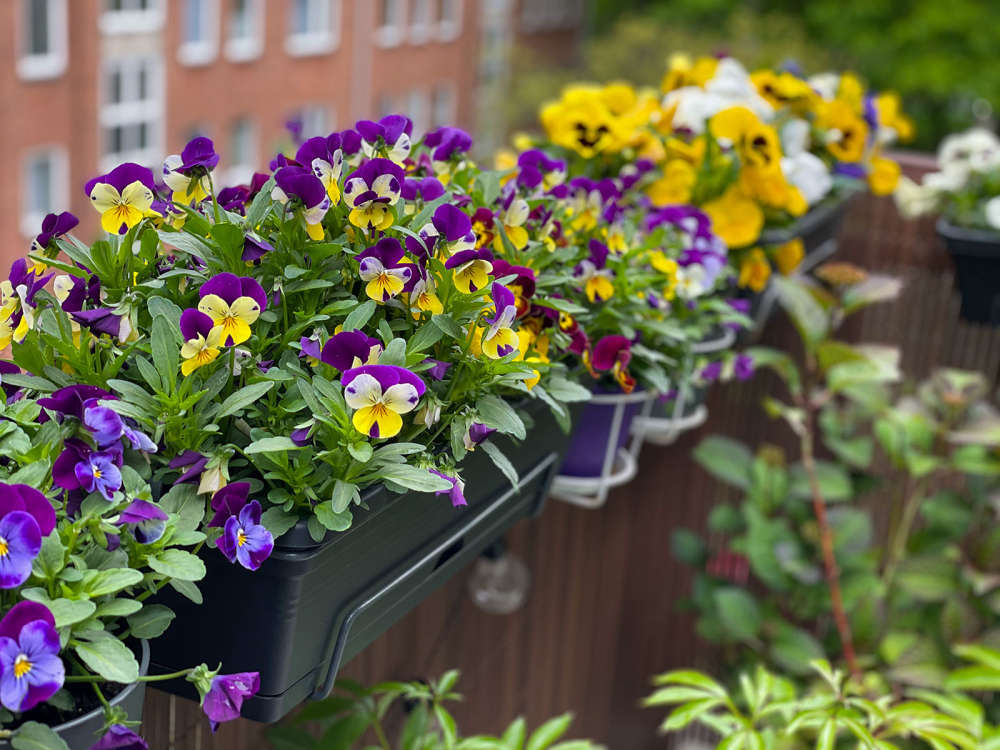
Most ferns thrive in shade. Matteuccia struthiopteris is (thankfully) better known as ‘Shuttlecock’ fern. Mature plants may reach 1.5 metres high and will grace a damp, shady corner. For a smaller space, try varieties of the exquisite Japanese ‘painted’ fern, (Athyrium). Plectranthus is usually sold as an indoor foliage plant, (check the houseplant section of the garden centre) but it also performs well outdoors in summer.
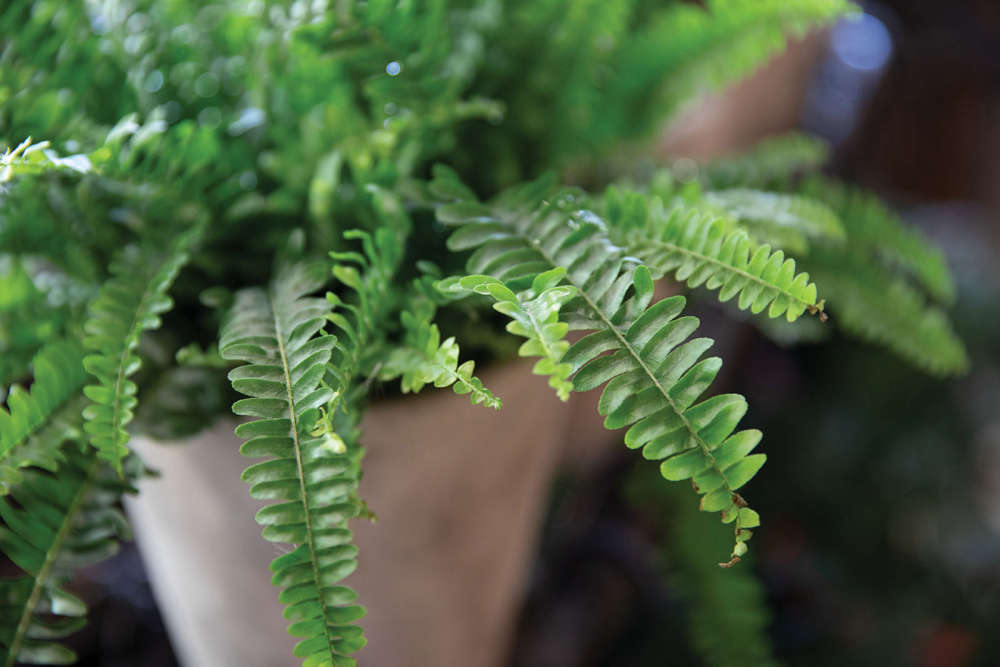
Plectranthus ‘Nico’ offers astonishing dark green foliage with beetroot-coloured undersides. It has a semi-trailing habit and enjoys light shade, as does P. ciliatus, which produces bright green/cream variegated foliage with serrated edges. Sun-loving P. ‘Silver Shield’ is a different character altogether, bearing furry, drought-resistant silvery-grey leaves. Plectranthus are not frost-hardy, but will obligingly overwinter on a windowsill and root quickly from cuttings in spring.
Finally, let’s hear it for that much-overlooked character – Spider Plant, (Chlorophytum). Virtually indestructible, it performs best in dappled shade – strong sunlight will ‘bleach’ the variegated stripes. It makes a brilliant tropical-looking addition to a summer display and looks sensational spilling out of a hanging basket.
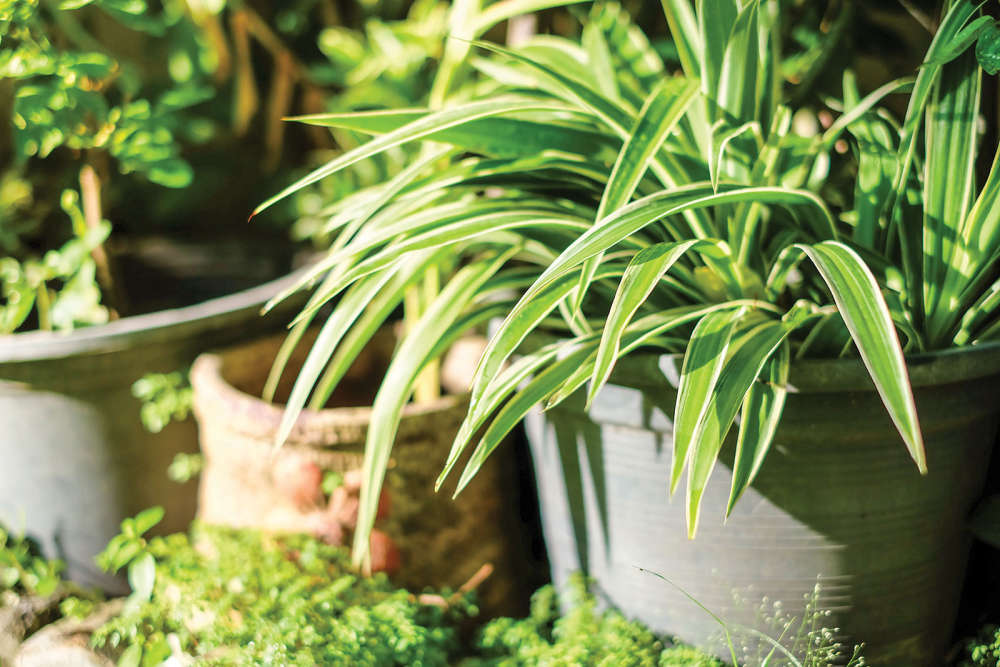

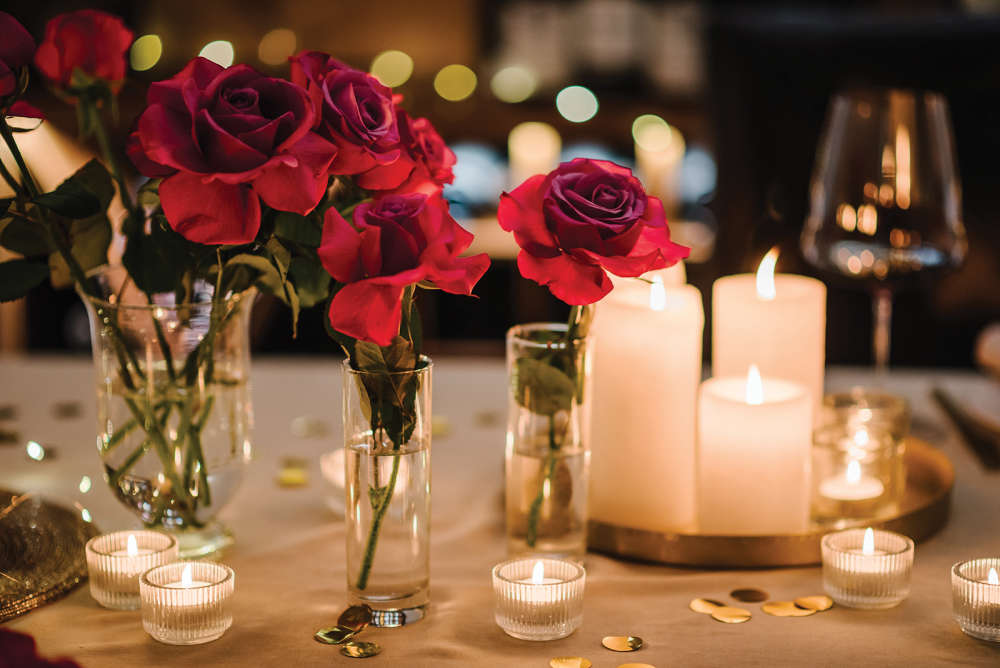 Homes Extra: Make Room for Romance!
Homes Extra: Make Room for Romance!
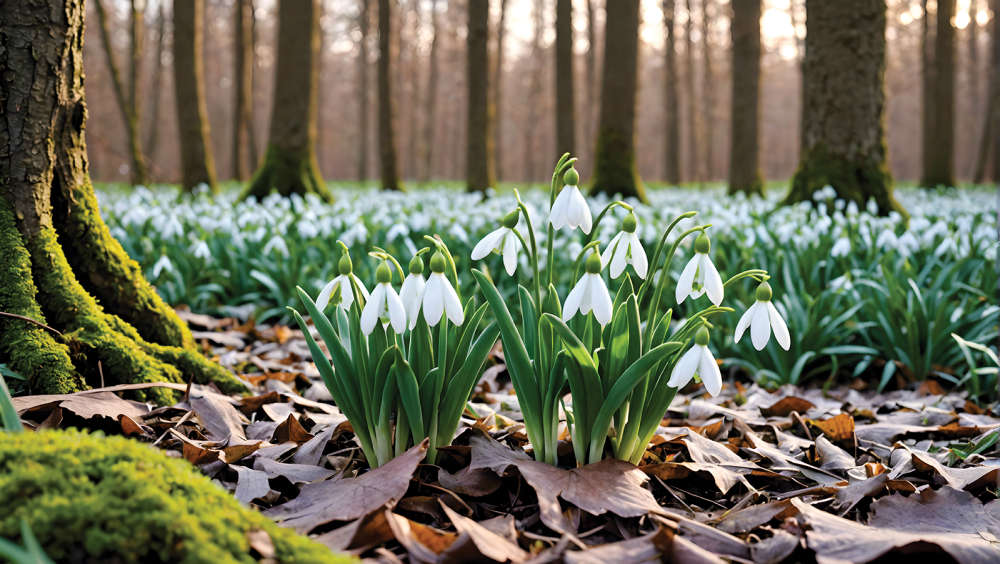 Blooming Times: Harbingers of Spring
Blooming Times: Harbingers of Spring
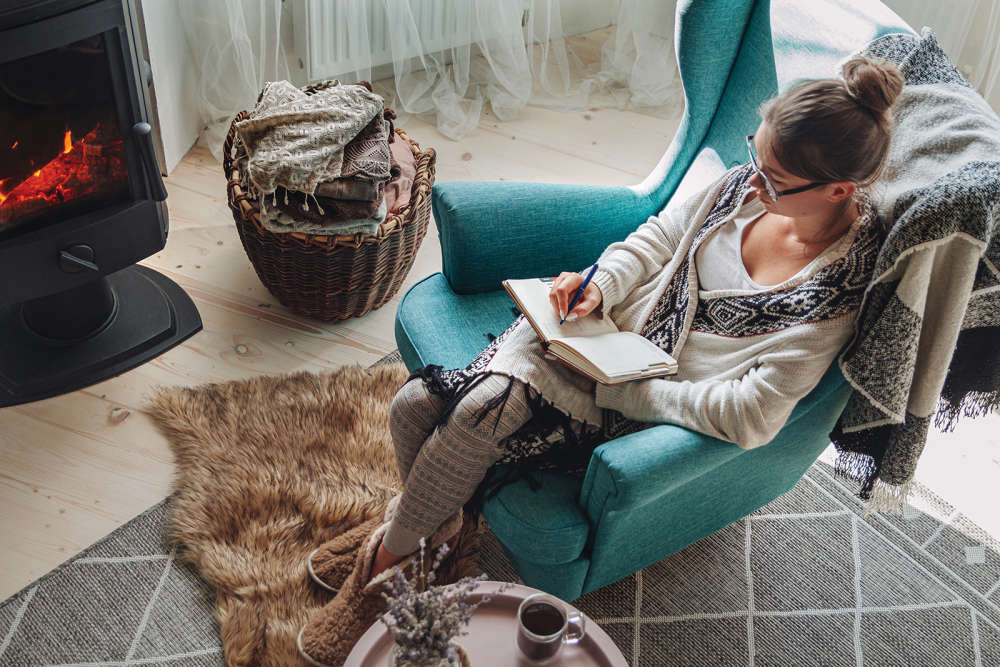 Homes Extra: Home Sanctuary
Homes Extra: Home Sanctuary
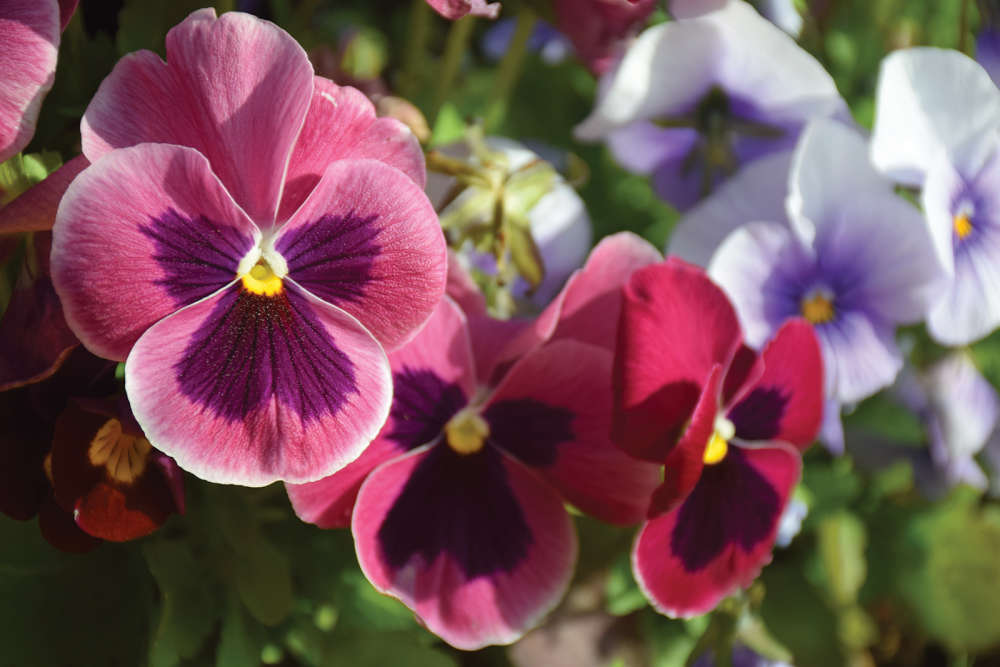 Blooming Times: Happy Faces
Blooming Times: Happy Faces
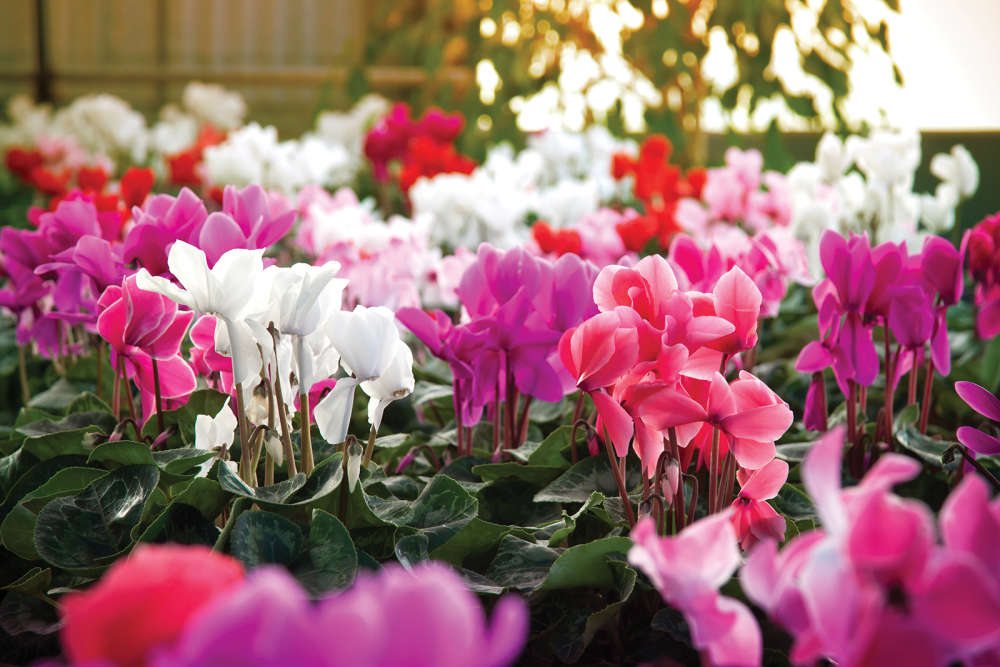 Blooming Times: Winter Sparklers
Blooming Times: Winter Sparklers
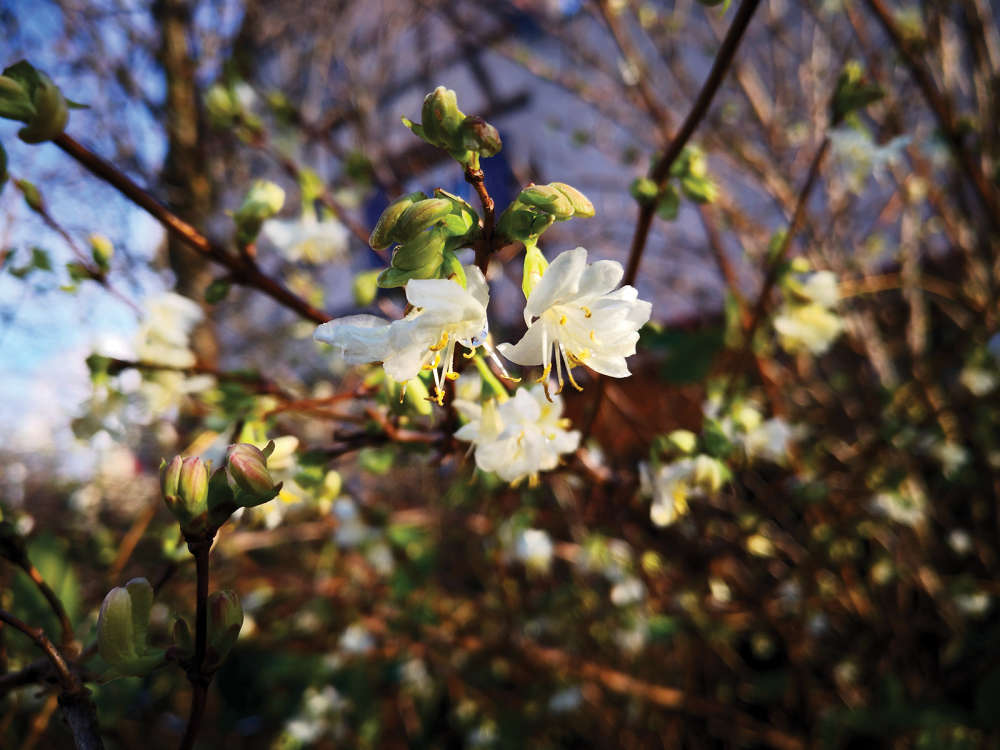 Blooming Times: Winter Wonders
Blooming Times: Winter Wonders
 Blooming Times: The Answer Lies in the Soil
Blooming Times: The Answer Lies in the Soil
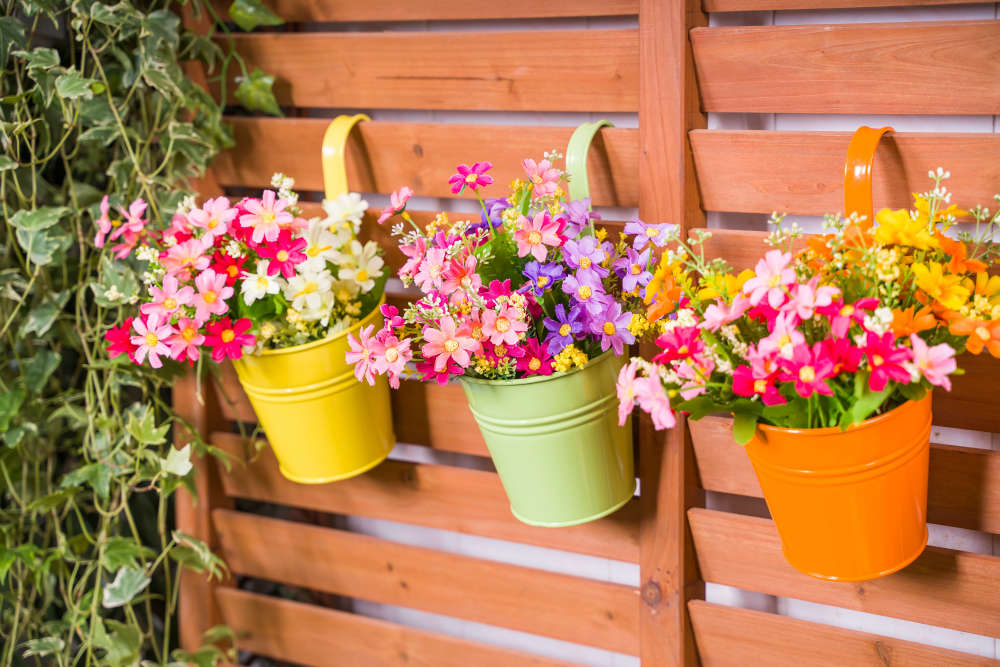 How to Cover Up Shabby Garden Walls and Fences
How to Cover Up Shabby Garden Walls and Fences
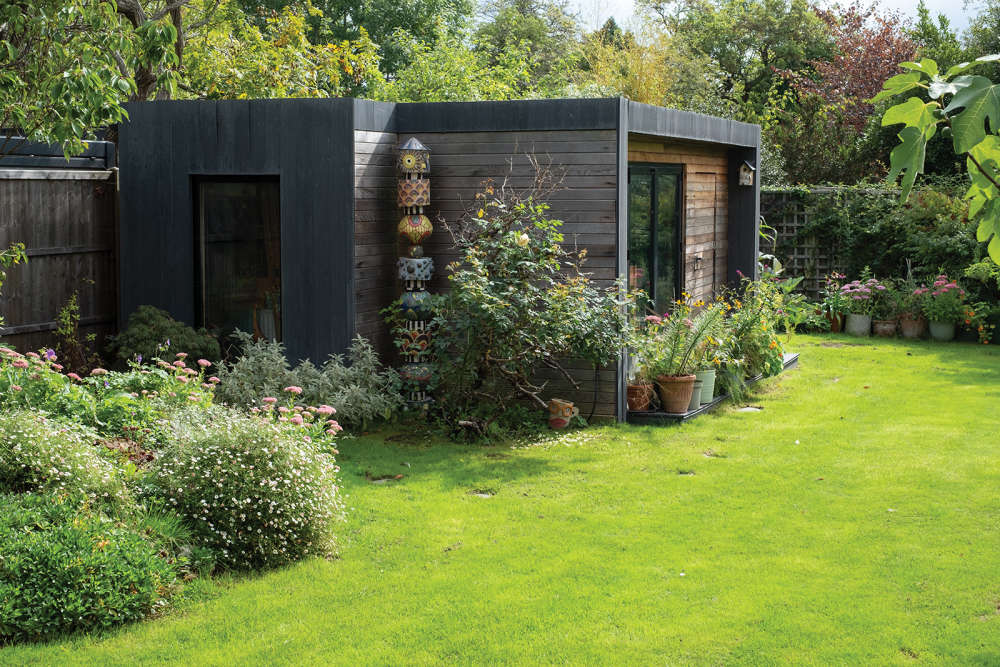 Homes Extra: Shed Space
Homes Extra: Shed Space
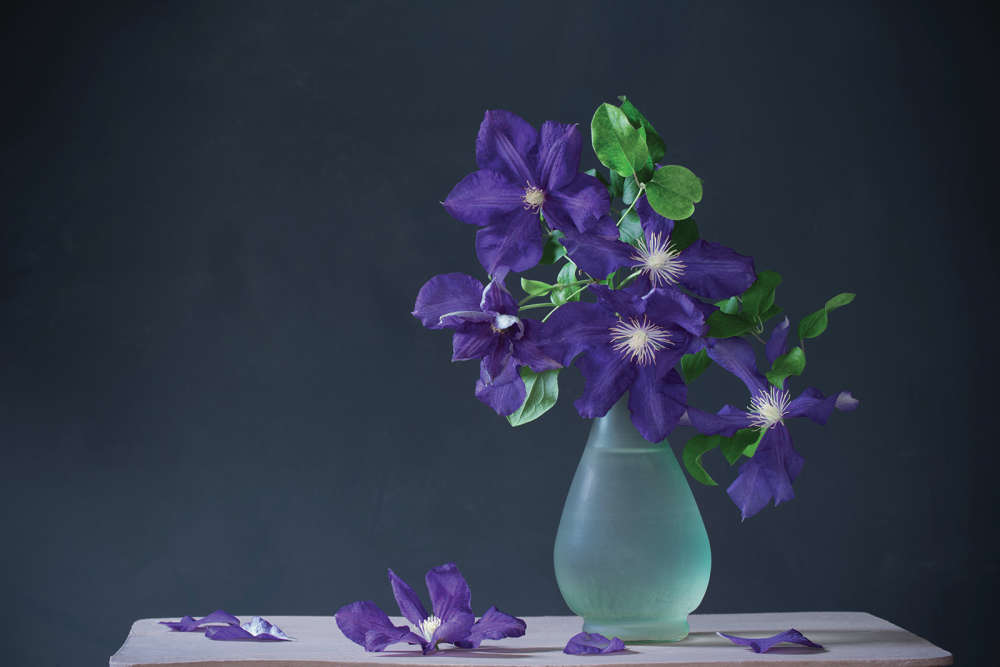 Gardening: Choose a Clematis for Every Month of the Year
Gardening: Choose a Clematis for Every Month of the Year
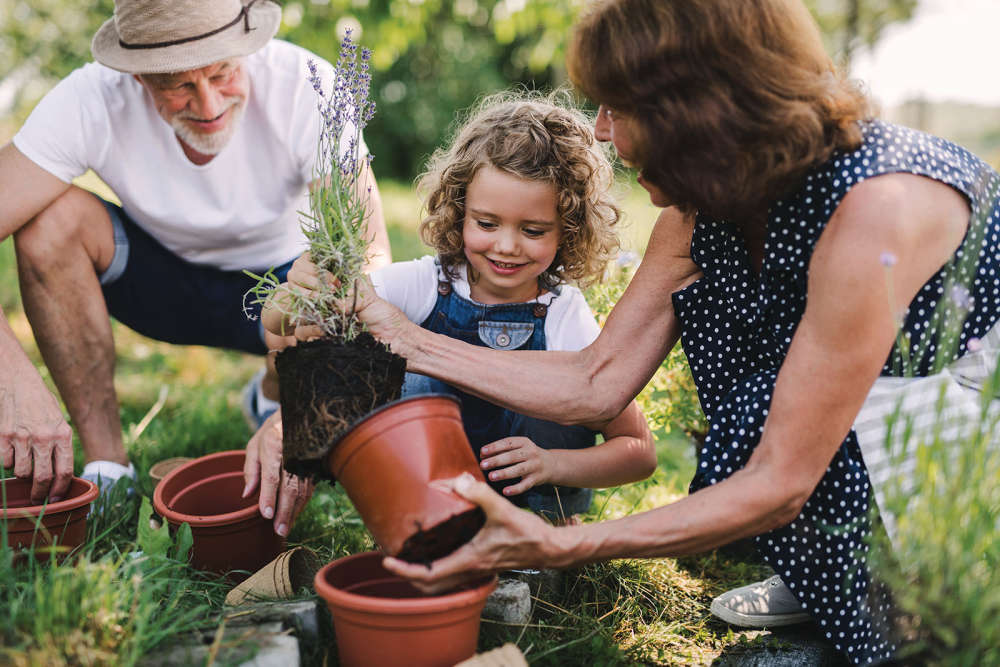 Kids Zone: Get the Kids Growing
Kids Zone: Get the Kids Growing
 Blooming Times: Wisteria Hysteria
Blooming Times: Wisteria Hysteria
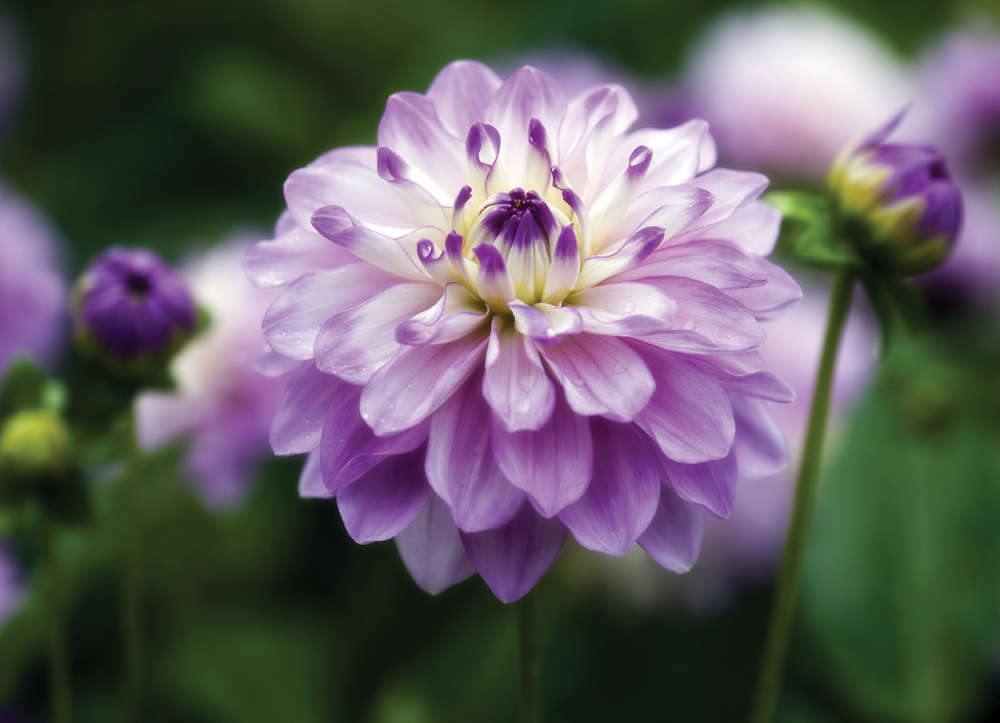 Blooming Times: Dahlia Mania
Blooming Times: Dahlia Mania
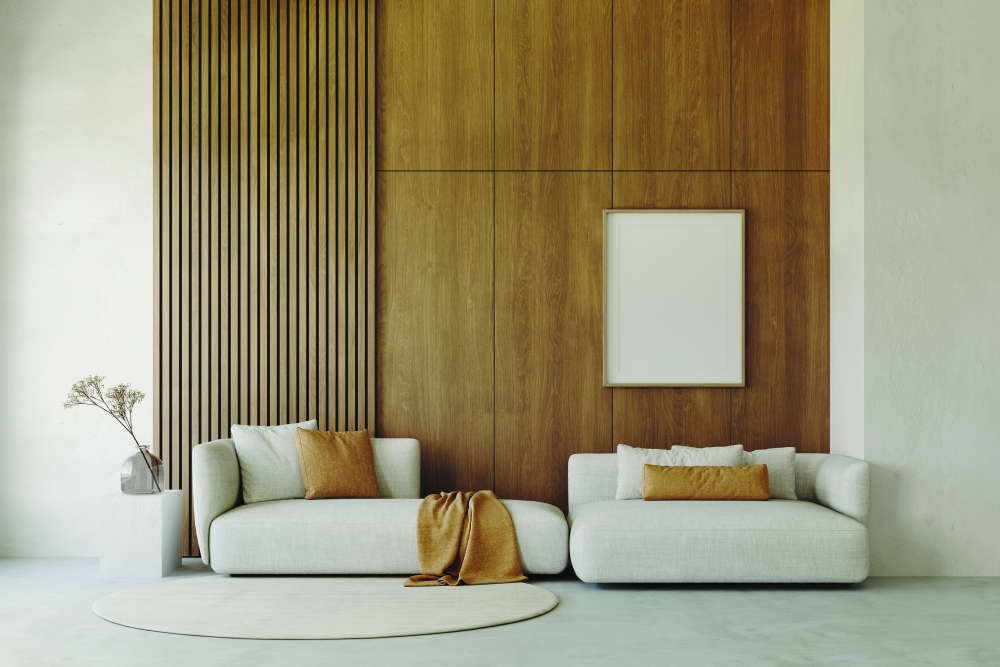 How to Create 3D Walls in Your Home
How to Create 3D Walls in Your Home
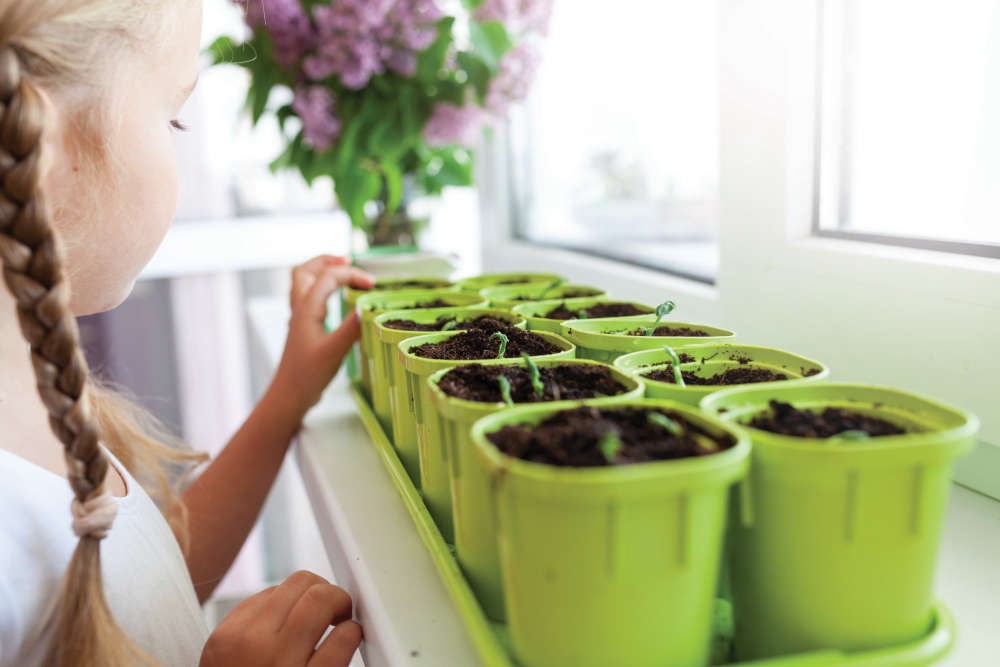 Blooming Times: Spring Fever
Blooming Times: Spring Fever
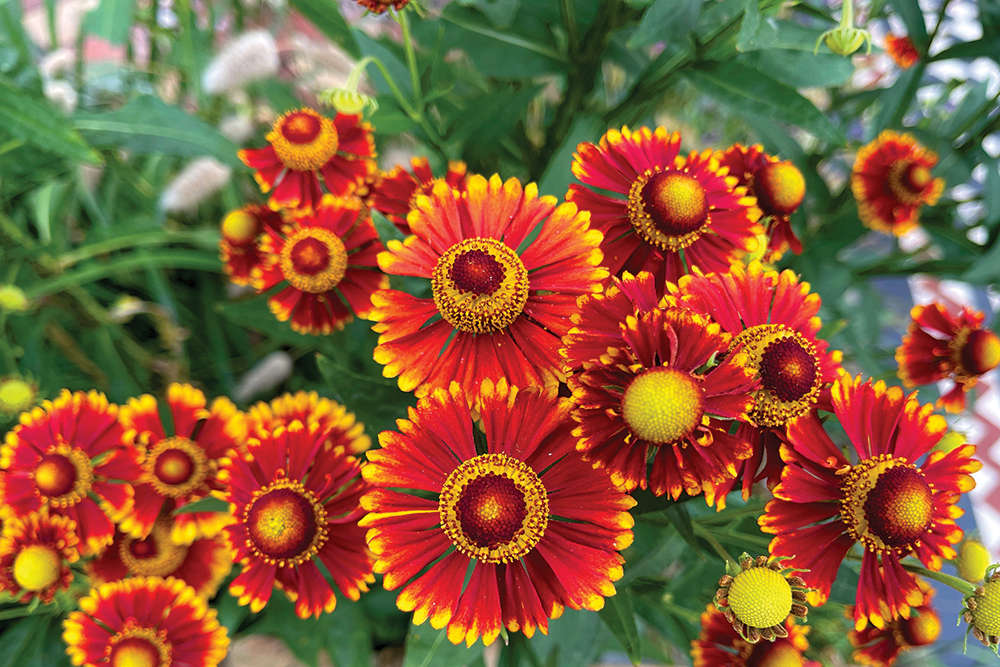 Blooming Times: What's in a Name?
Blooming Times: What's in a Name?
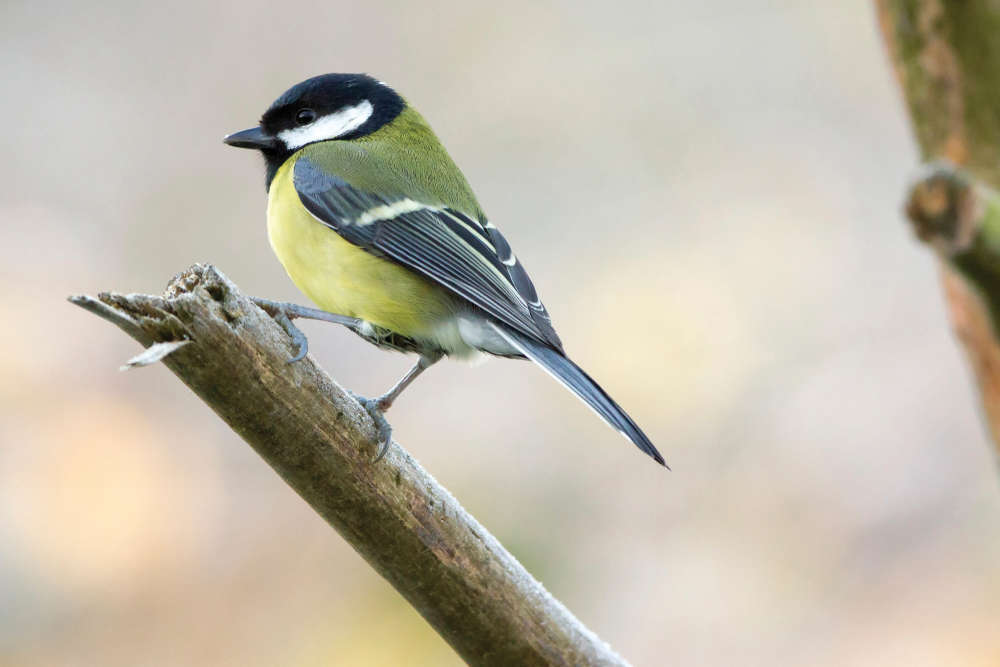 Top 10 Garden Birds to Spot on the Isle of Wight
Top 10 Garden Birds to Spot on the Isle of Wight
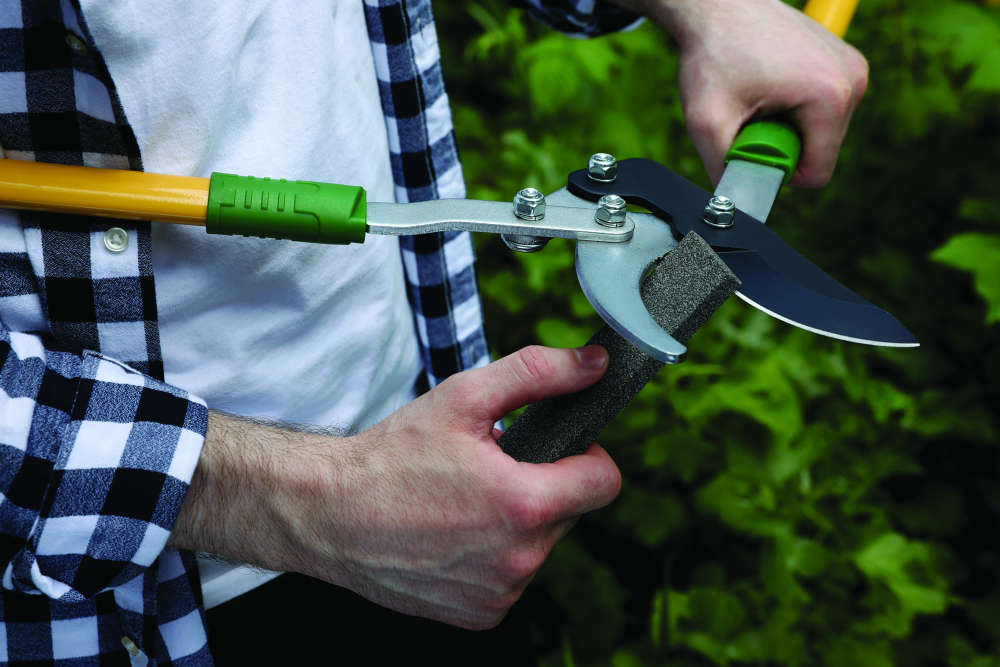 The Best Christmas Gifts for Gardeners
The Best Christmas Gifts for Gardeners
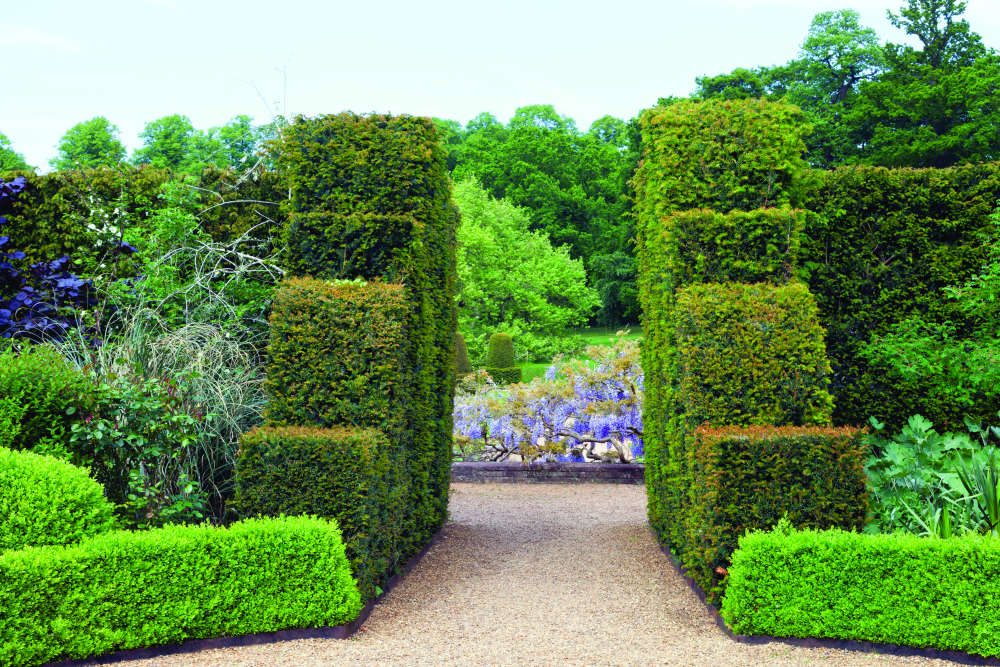 Gardening: The Benefits of Hedges
Gardening: The Benefits of Hedges
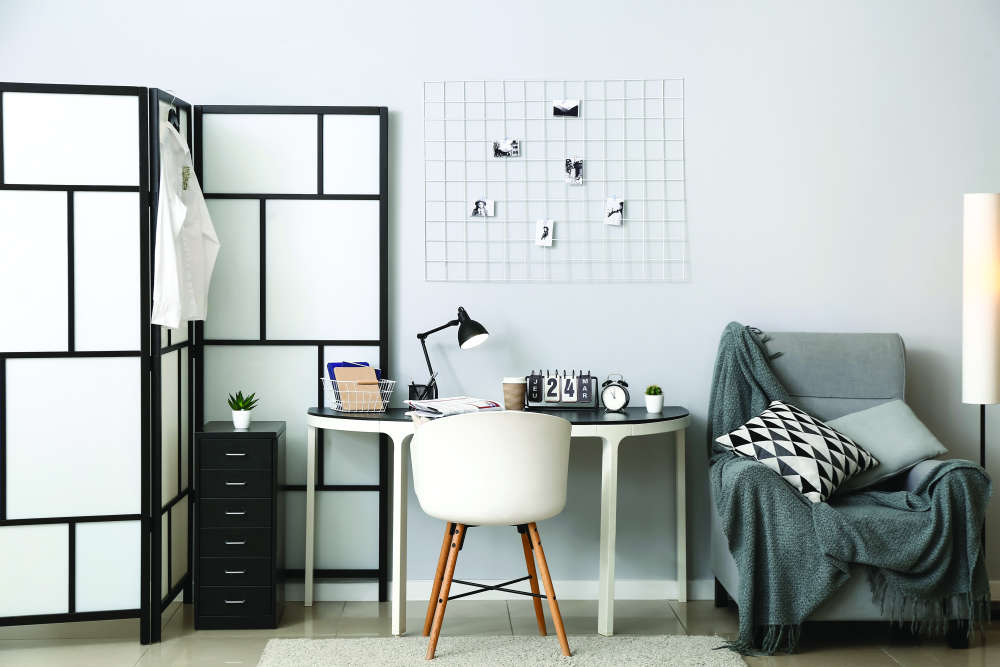 How to Create a Happy Home Workspace
How to Create a Happy Home Workspace